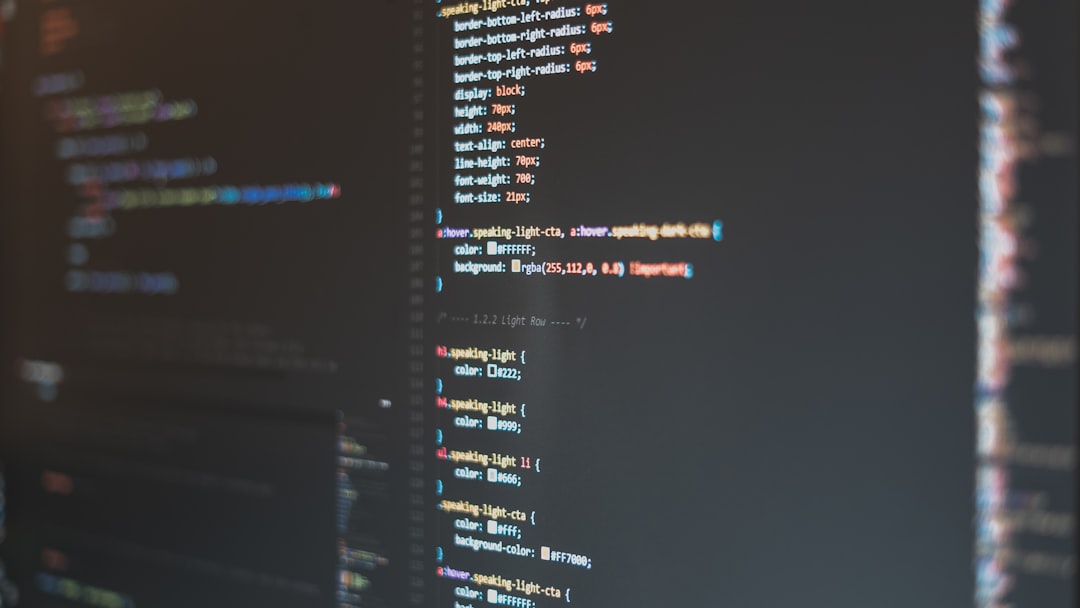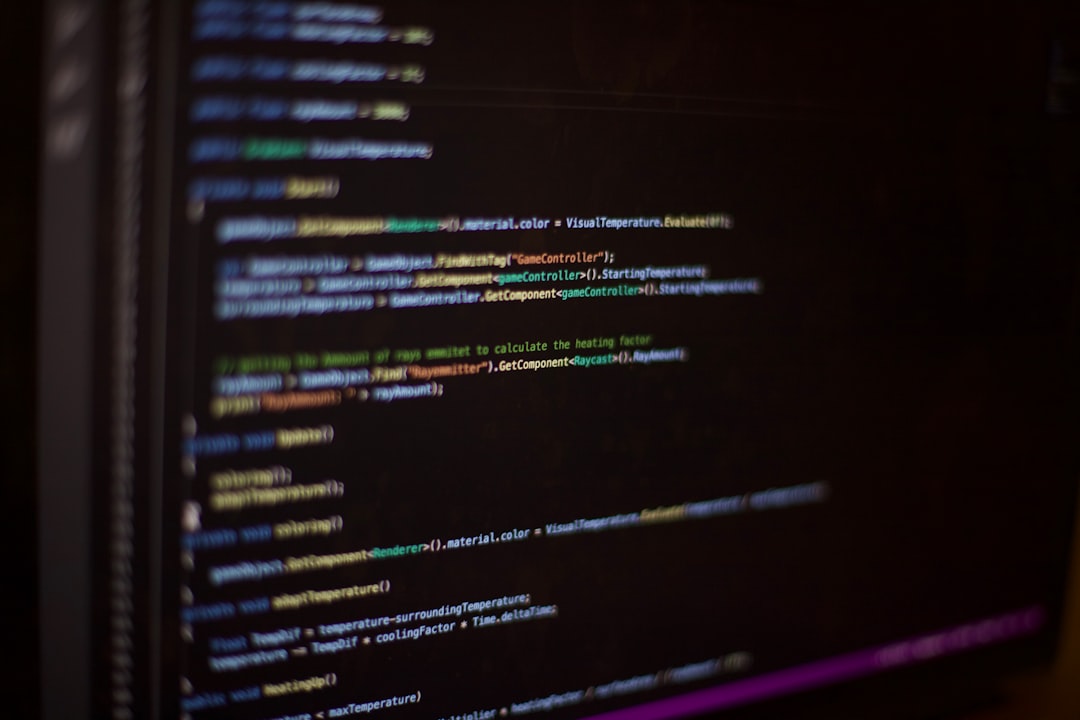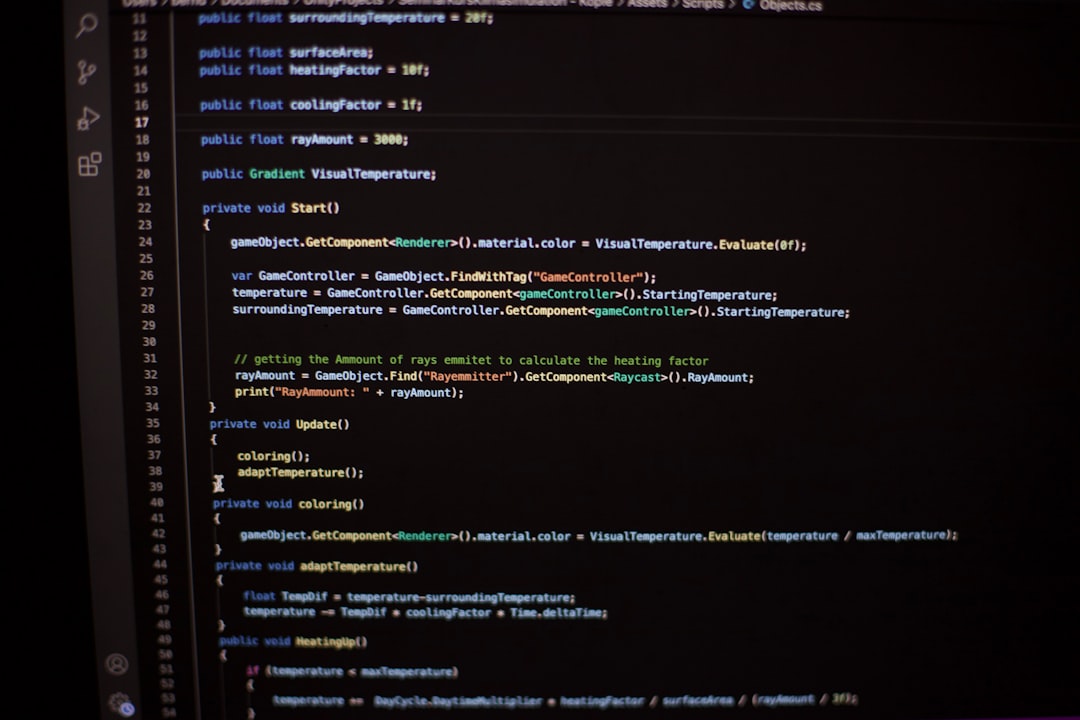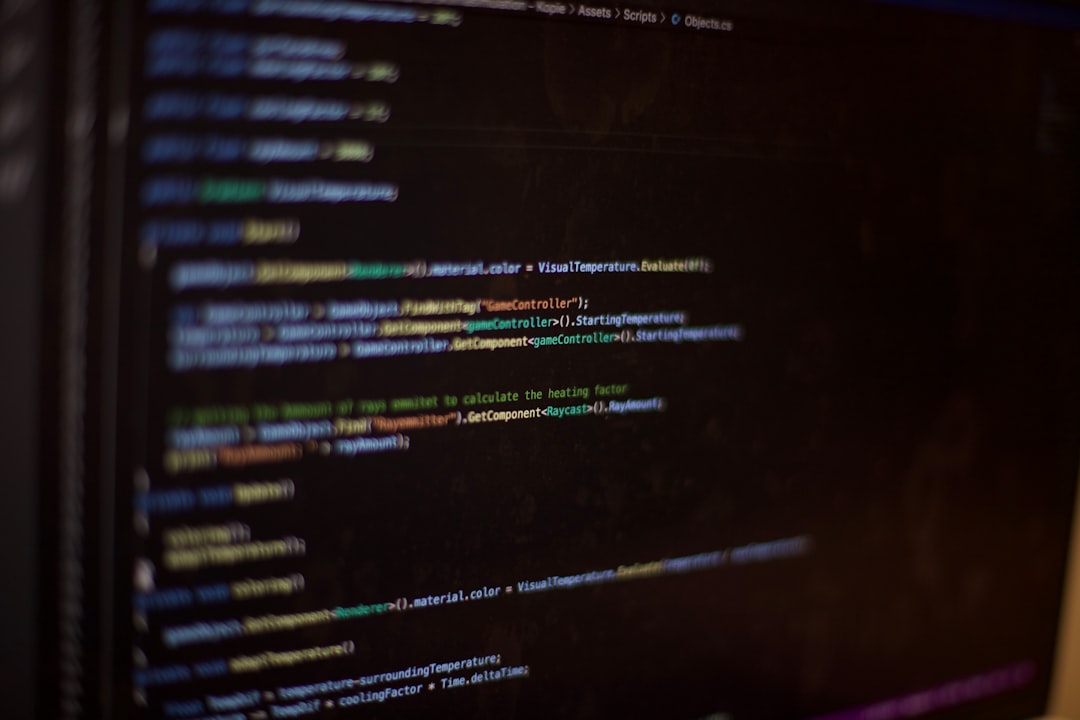

Engage prospects with a scan and streamline customer engagement with FREE QR code marketing tools by Sona – no strings attached!
Create a Free QR CodeFree consultation

No commitment

Engage prospects with a scan and streamline customer engagement with FREE QR code marketing tools by Sona – no strings attached!
Create a Free QR CodeFree consultation

No commitment
In today’s digitally connected event landscape, event design services grapple with the dual challenge of creating memorable in-person experiences while extracting actionable insights from every attendee interaction. Marketing and operations leaders face mounting pressure to bridge seamless physical experiences with meaningful digital engagement. A growing frustration is the difficulty of driving attendee participation, capturing high-quality leads, and tracking event ROI, especially when manual processes like printed brochures, paper sign-up forms, or static signage leave critical attendee data uncollected and untracked, often causing high-value prospects to slip through the cracks.
QR codes have rapidly become foundational for event design professionals, enabling instant, app-free digital engagement at every physical touchpoint. By making it possible for guests to interact, register, and provide feedback instantly, organizers address a longstanding pain point: the lack of visibility into who is actually engaging with event assets. With QR code integration, friction is reduced, moments of interest are captured before they fade, and deeper insights about attendee behavior are unlocked in real time.
This article explores how event design services can strategically deploy QR codes not only to streamline event marketing and enhance attendee engagement, but also to bridge offline-to-online conversions, track revenue-generating interactions that would otherwise remain anonymous, and bring operational clarity to post-event analysis. You will find practical playbooks, placement ideas, and analytics guidance to design campaigns that look beautiful and perform even better.

For many event professionals, one of the most persistent challenges is capturing attendees’ attention and turning fleeting interest into meaningful engagement or data. People glance at a poster, skim a brochure, or nod at a stage announcement, then move on without leaving a trace. Potentially valuable prospects anonymously engage with event assets, leaving no record of their interest and no path for follow-up.
QR codes bridge these gaps between on-site physical assets and digital event journeys, making it simpler to drive registrations, prompt instant feedback, and enable seamless participation without friction. They modernize outdated workflows by replacing brochures with content hubs, paper forms with mobile-optimized surveys, and manual sign-up sheets with fast check-in experiences. When paired with a platform like Sona QR, you can update destinations, view analytics, and sync scans to your CRM in real time.
Here is how to put them to work:
Modern QR management platforms like Sona QR make it possible to automate code creation, update code destinations instantly, and aggregate insights for a holistic view of attendee behavior. Teams that adopt this approach typically report faster check-ins, higher feedback response rates, and increased session participation because the path from interest to action is only one scan away.

Event design services must transform how they connect with audiences across both in-person and hybrid environments. Without a means to identify and engage the anonymous majority who browse event content but take no obvious action, critical upsell, cross-sell, or follow-up opportunities are lost. QR codes close the gap between physical experiences and digital journeys while addressing common pain points specific to events.
Applied to event-specific materials like lanyards, badges, seating cards, stage slides, and sponsor booths, QR codes offer an elegant way to enhance audience flow and collect meaningful data without compromising aesthetics.

For modern event teams, one-size-fits-all QR deployment rarely delivers the nuanced data needed for effective follow-up. Different formats enable specific outcomes and address discrete frustrations that occur from check-in through post-event nurture.
Dynamic QR codes are particularly valuable when content may change or when tracking is a priority. Static codes still have a place on long-lived assets such as reusable signage or swag, yet dynamic codes should be the default for any campaign that needs performance insights, flexible messaging, or retargeting capabilities.
A common pain point for event organizers is the inability to connect physical interactions with digital follow-up and measurement. QR codes offer a scalable way to close these gaps anywhere attendees interact with your brand or your partners’ brands.
Review heat maps, footfall patterns, and historical scan data to identify where action frequently goes uncaptured. Prioritize these zones for QR deployment and test variant CTAs to discover what language and design increase conversion.

Despite modern technology, many legacy processes still create bottlenecks for attendee data collection and personalized engagement. QR codes offer targeted solutions that turn weak spots into high-performing interactions.
Each use case transforms what was once an untracked or underutilized moment into a digital touchpoint, supporting more focused follow-up and reducing the risk of missed conversions. When consolidated in Sona QR, these scans populate unified analytics dashboards so revenue teams can prioritize outreach where intent is strongest.
A recurring frustration in event marketing is the limited ability to retarget or nurture attendees who show clear but unreported interest. See Sona’s retargeting playbook. Every QR code scan provides data revealing not only who participated, but also which touchpoints fueled meaningful action and when interest peaked.
To turn scans into segmented audiences, deploy multiple codes across the attendee journey and tag them by location, channel, and intent. Over time, you will build behavior-based cohorts you can enrich with session attendance, content preferences, or sponsor interactions to tailor post-event communication.
For event design services, useful audience distinctions include first-time attendees versus alumni, VIPs versus general admission, content-focused learners versus networking-focused visitors, and sponsor-curious scanners versus product buyers. With Sona QR, each segment can update in real time as new scans occur, ensuring your follow-up stays relevant and timely.
For many event teams, proving the ROI of offline touchpoints has been challenging. QR codes add visibility and enable effective attribution across your entire marketing mix with Sona’s offline attribution. When connected to your CRM and analytics tools, they let you identify exactly which creative assets, channels, and moments contribute to pipeline and revenue.
The key is to unify codes under a single platform and standardize naming conventions so scans roll up cleanly into campaign reports. Align QR destinations with your lifecycle content strategy to keep the buyer journey consistent from first scan to final conversion.
A centralized platform like Sona QR ties these campaigns together, making it simple to monitor performance by channel and placement while sending scan signals into marketing automation for immediate action.
Bridging creativity with measurable outcomes requires a clear process. The following checklist translates strategy into execution so every QR campaign connects to business goals and produces actionable data. Start with the problem you want to solve, then match it with a code type, a destination, and a tracking plan that fits your event format.
Make sure each step is completed in sequence and documented in your run-of-show and production briefs. That way, creative, operations, and sales teams stay aligned, and your measurement framework remains intact when onsite pivots occur.
Clarify what success looks like for this code. Are you accelerating check-in lines, capturing post-session feedback, promoting a sponsor offer, or booking meetings for the sales team? Defining a single conversion path prevents fragmentation and strengthens attribution.
Choose between static and dynamic codes based on flexibility and measurement needs. Static codes are simple and reliable for evergreen content. Dynamic codes are trackable, editable, and ideal for campaigns where you expect changes or need detailed analytics.
Start creating QR codes for free.
Design codes that match your visual system and make the action obvious. The best QR placements pair high contrast with a clear benefit statement that tells attendees exactly what they get by scanning.
Roll out codes to the assets and locations most likely to capture intent. Map the attendee journey and identify moments of curiosity, waiting, or excitement; then place the right CTA there.
Measurement turns scans into insight and action. Watch performance in real time and iterate quickly while the event is live to capture more value.

Traditional event analytics often fail to connect specific attendee actions to pipeline and revenue. You might know attendance and anecdotal interest, but not which assets or moments created qualified opportunities. QR codes make it possible to track intent from first scan through post-event engagement and conversion.
With a platform like Sona QR and Sona.com, your team can go beyond counting scans. You can enrich leads with context, tie actions to opportunities, and attribute revenue back to the placements that drove it. This unlocks data-driven budgeting for future events and stronger sponsor reporting.
With this level of analysis, event design teams can credibly demonstrate ROI and identify which offline-to-online experiences deserve continued investment. Sponsors and internal stakeholders benefit from transparency on what worked, where, and why.
Scaling QR code impact is a blend of thoughtful design, staff enablement, and automation. A few best practices consistently yield higher scan rates, better conversion, and more reliable attribution across event formats.
Start by making each code unmistakably actionable. A QR without a promise is easy to ignore. Pair every placement with a benefit-focused CTA that speaks to context, such as “Scan to vote and see results live” or “Scan for VIP lounge access.” Then provision staff to encourage scanning and troubleshoot.
Creative deployment examples include printing a QR on sustainable swag that unlocks a digital gift bag instead of paper inserts, or adding a code to keynote seating cards that launches a live poll with a prize drawing at the end of the session. These small touches combine delight with data.
The shift toward data-driven and hybrid events has exposed gaps in traditional approaches: anonymous engagement, unsecured attribution, and low visibility into what actually moves the needle. Event design services at the forefront have adapted by blending creative on-site design with digital journeys, automation, and robust analytics that tie scans and clicks to pipeline.
Trends include greater adoption of dynamic QR codes, always-on feedback loops, and sponsor experiences that deliver measurable results. Sustainability goals accelerate the move from bulky print to digital content hubs, while hybrid formats demand consistent attribution for both remote and in-person audiences.
Industry benchmarking indicates rising investment in platforms that unify QR management, identity resolution, and attribution. The services that win new business are those that combine aesthetic excellence with measurable outcomes, proving that every creative touchpoint also fuels growth.
QR codes empower event design services to transform previously anonymous or missed interactions into actionable and measurable attendee journeys. By introducing ease, immediacy, and traceability at every touchpoint, these strategies enable teams to surface high-value prospects, reactivate dormant interest, and reduce the number of missed follow-up opportunities that have long plagued the industry.
From capturing first impressions to attributing actual revenue, strategic QR code deployment closes persistent data gaps, drives tailored post-event engagement, and gives marketing and operations teams the insight needed for continual improvement. Integrating these digital touchpoints into a broader event tech ecosystem offers organizations a sustainable advantage, ensuring every moment of attendee interest is seen, nurtured, and converted for long-term event and business success.
QR codes have transformed event design services from static displays into interactive, measurable engagement opportunities. Whether it’s capturing attendee interest, enhancing on-site experiences, or gathering insightful feedback, QR codes replace traditional touchpoints with instant, mobile-friendly connections that drive meaningful interaction throughout your event.
Imagine knowing exactly which design elements captivate your audience and being able to update content or offers instantly—without costly reprints. With Sona QR, you can create dynamic, trackable QR codes in seconds, monitor engagement in real time, and link every scan to actionable outcomes like increased attendee participation and sponsor value. No missed opportunities, just smarter, more impactful event experiences.
Start for free with Sona QR today and transform every scan into deeper engagement, valuable insights, and measurable success for your events.
Event design services enhance attendee experience by using QR codes to enable instant digital engagement, streamline check-ins, prompt real-time feedback, and provide seamless participation without friction, which increases interaction and satisfaction.
Key features include digitizing static touchpoints with QR codes, defining engagement metrics, optimizing QR code placement and calls to action, leveraging real-time insights, and integrating QR code data with CRM platforms for actionable analytics.
By using QR codes for easy registration, instant RSVPs, and early engagement through pre-event mailers and tickets, event design services reduce friction and capture attendee interest early, which helps increase attendance.
Latest trends include greater adoption of dynamic QR codes, always-on feedback loops, integrated hybrid event experiences, social amplification through user-generated content, and sustainability efforts by replacing print with digital content hubs.
They enable real-time tracking of QR code scans linked to specific assets and sessions, collect detailed attendee feedback through mobile surveys, sync data with CRM systems for segmentation, and provide analytics dashboards that connect engagement to revenue and ROI.
Use Sona QR's trackable codes to improve customer acquisition and engagement today.
Create Your FREE Trackable QR Code in SecondsJoin results-focused teams combining Sona Platform automation with advanced Google Ads strategies to scale lead generation

Connect your existing CRM

Free Account Enrichment

No setup fees
No commitment required

Free consultation

Get a custom Google Ads roadmap for your business






Launch campaigns that generate qualified leads in 30 days or less.
